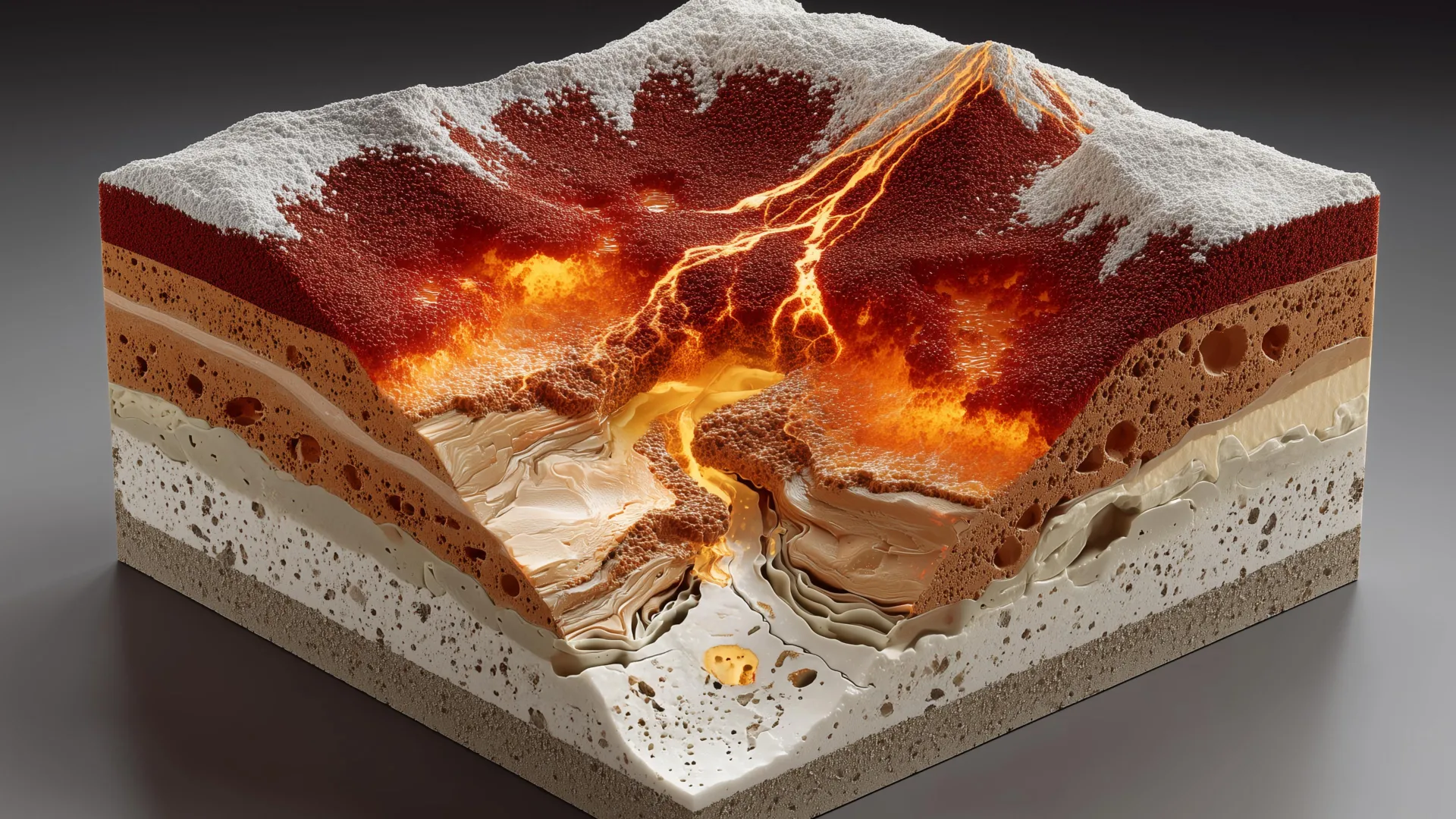Scientists just uncovered what’s really happening beneath this mysterious volcano
Mapping tremors beneath Earth’s strangest volcano reveals new clues to predicting eruptions.
- Date:
- October 27, 2025
- Source:
- Johannes Gutenberg Universitaet Mainz
- Summary:
- Researchers traced tremor signals deep inside Tanzania’s Oldoinyo Lengai volcano, pinpointing their 3D locations for the first time. The study revealed linked tremors at different depths, offering a rare glimpse into magma and gas movement. Because this volcano’s magma is unusually cool and fluid, the results defy expectations and could transform how scientists forecast eruptions.
- Share:

How do volcanoes function beneath their rocky surfaces? What drives the rumbling vibrations, called tremor, that occur when molten rock or gases travel upward through underground channels? Professor Dr. Miriam Christina Reiss, a volcano seismologist at Johannes Gutenberg University Mainz (JGU), and her research group have traced these tremor signals beneath Tanzania's Oldoinyo Lengai volcano.
"We were not only able to detect tremor, but also to determine its exact position in three dimensions -- its location and depth below the surface," said Reiss. "What was particularly striking was the diversity of different tremor signals we detected."
The team's work offers fresh insight into how magma and gases move within the planet and could help scientists better understand volcanic behavior. Their research also carries practical importance, as it may one day make volcanic eruption forecasts more accurate. The findings were published in Communications Earth & Environment.
Tremor as a Window into Volcanic Activity
When magma ascends from deep within Earth, it can make the ground shake. Under high pressure, magma can crack surrounding rock, producing earthquakes. Other movements create weaker, continuous vibrations known as tremor. These occur when magma pushes through existing conduits, when gas bubbles escape, or when pressure fluctuates inside volcanic channels.
"For volcano seismology, it is extremely interesting to study these signals and wave types that arise when magma moves below the surface," explained Reiss. Her research centers on two key questions: Where exactly does tremor begin, and what causes it to form? The answers reveal important clues about a volcano's internal state and level of activity.
Reiss and her colleagues monitored Oldoinyo Lengai for 18 months using an array of seismometers positioned around the volcano to record ground vibrations. Once back in Mainz, they analyzed a nine-week segment of data in detail. "For the first time, we were able to determine the precise location where tremor occurs," said Reiss. "We discovered that two types of tremor seem to be linked: one originated at around five kilometers depth and the other near the base of the volcano -- with a time delay between them. It is clear that these signals are connected, thus we see a directly linked system here." The variety of tremor signals they observed was unexpectedly wide, suggesting that the vibrations come from different parts of the volcano with distinct physical conditions and processes at work.
Oldoinyo Lengai is unlike any other volcano on the planet. It is the world's only active carbonatite volcano, producing lava that is unusually fluid and relatively cool at about 550 degrees Celsius, compared to the 650 to 1,200 degrees typical of most magmas. "The results were particularly surprising because the magma is so fluid. We had expected few or no tremor as the interaction with the surrounding rock would likely be weaker," noted Reiss.
Advancing the Science of Volcano Seismology
The team's results mark an important step forward in understanding how magma moves within volcanoes. "Tremor occurs whenever magma is moving -- including before eruptions," Reiss explained. "But which tremor signals are true precursors of an eruption, and which are just background 'gurgling'? Our results lay the foundation for improving eruption forecasting in the future."
Story Source:
Materials provided by Johannes Gutenberg Universitaet Mainz. Note: Content may be edited for style and length.
Journal Reference:
- M. C. Reiss, Corentin Caudron, Philip Hering, Diana Roman. Tremor signals reveal the structure and dynamics of the Oldoinyo Lengai magmatic plumbing system. Communications Earth, 2025; 6 (1) DOI: 10.1038/s43247-025-02804-1
Cite This Page: